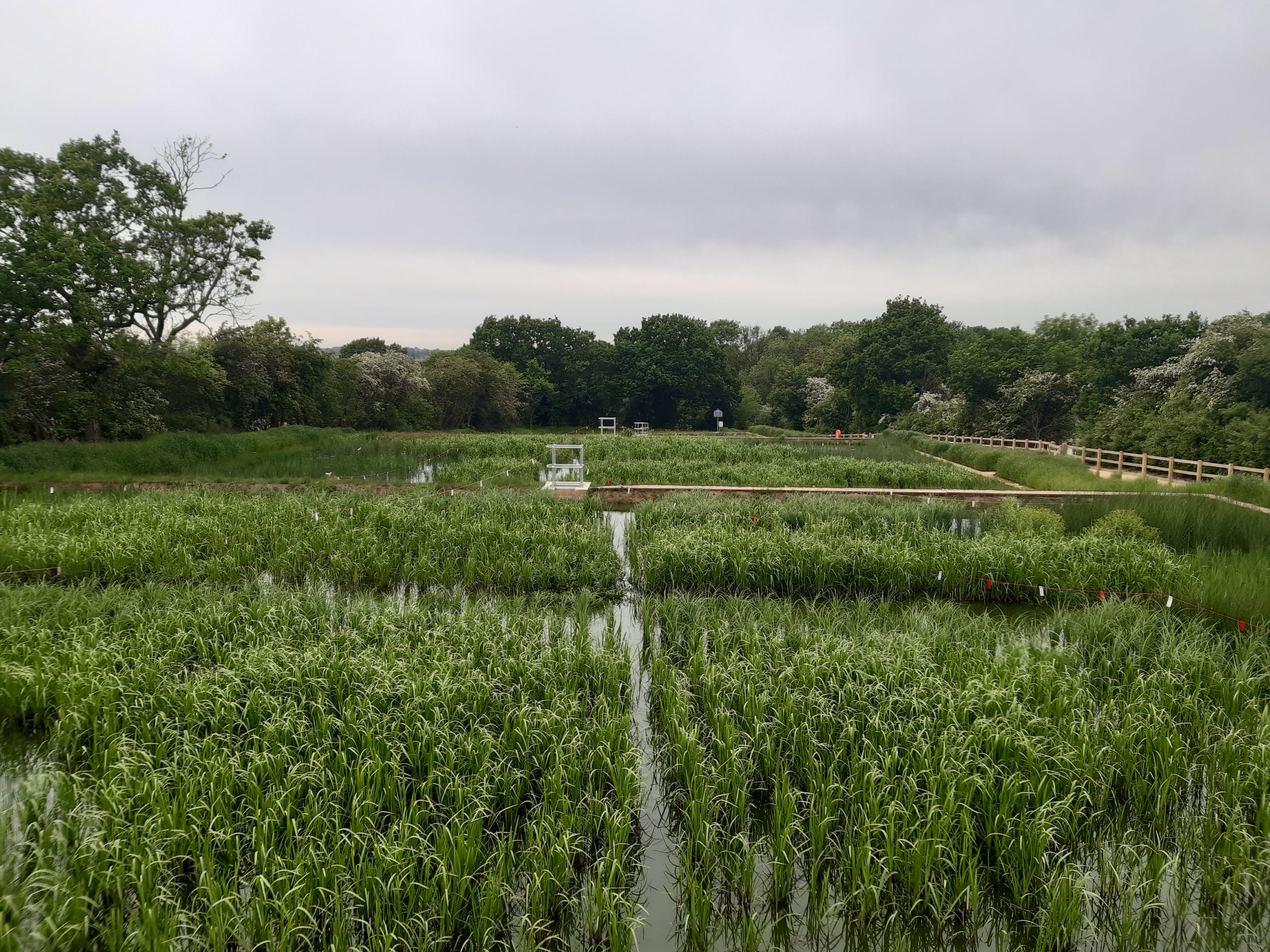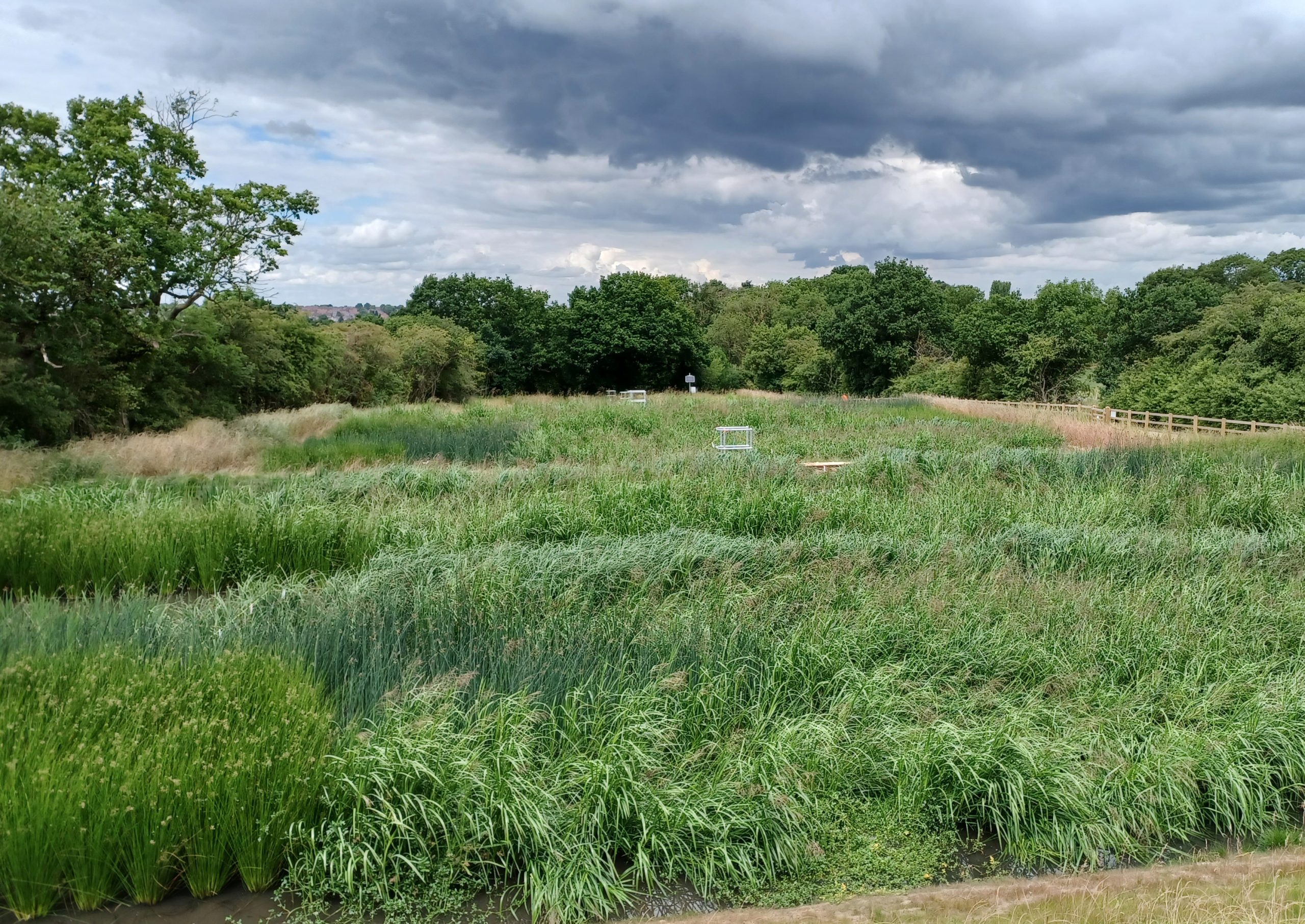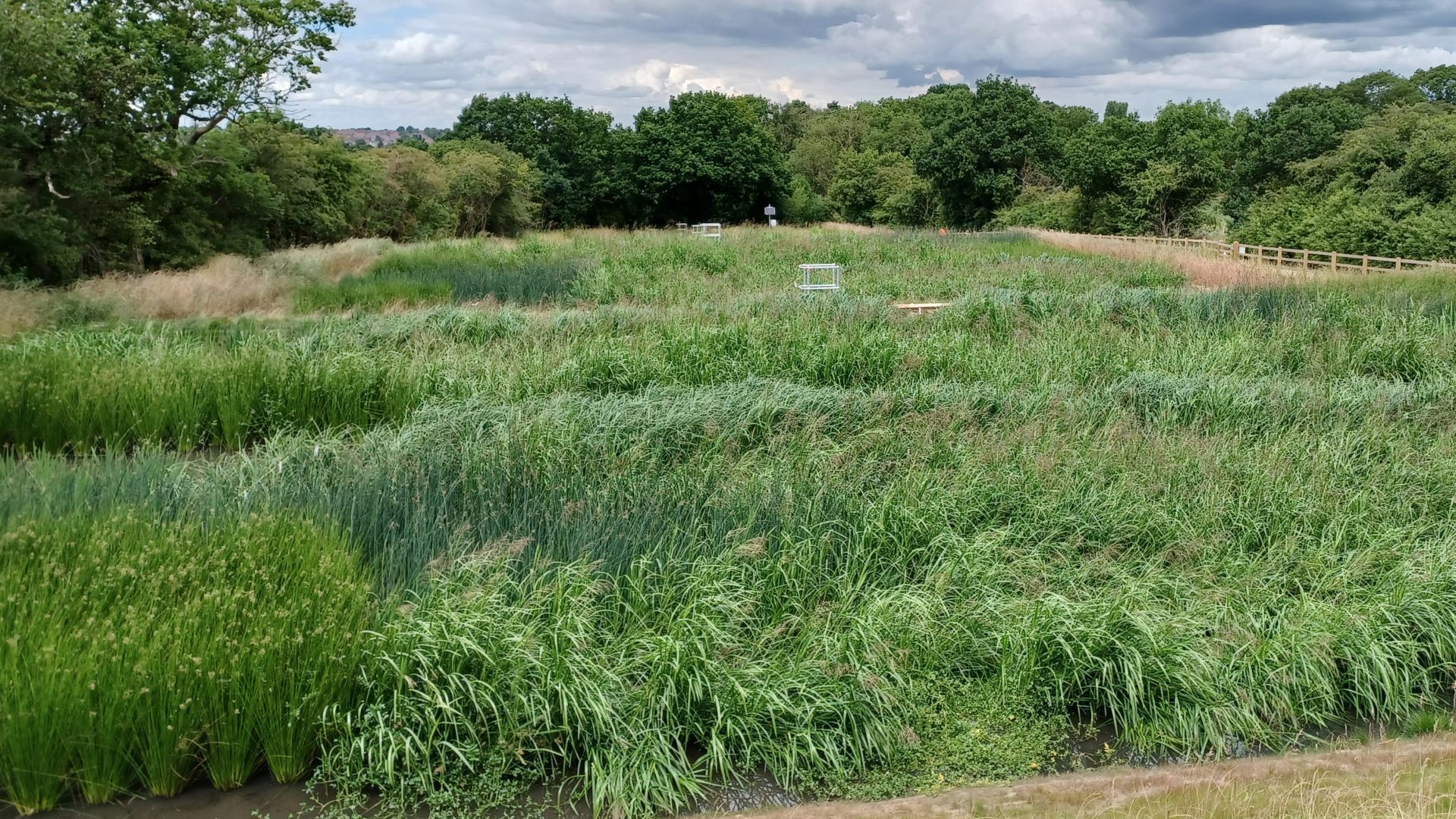None of England’s rivers, lakes or other waterways met “good” ecological and chemical standards in 2019–2020, as a result of both agricultural run-off and wastewater ingress.
Alex Clark, Technical Manager at Salix River & Wetland Services, explains how wastewater can be treated more efficiently through the use of integrated constructed wetlands, while providing additional benefits.

We need to address the impact that wastewater has on the environment from primary sources such as sewage treatment works and agricultural run-off. Integrated constructed wetlands (ICW) manipulate the processes found within natural wetlands to treat water at scale, providing a viable alternative to traditional water treatment approaches. This approach uses wetland to reduce nutrient loading through wetland plants uptake, natural physical processes and microbial activity. When appropriately designed, constructed wetlands not only help to improve water quality, but they also provide a huge range of simultaneous socio-environmental benefits at a typically cheaper lifetime cost than traditional wastewater treatment approaches.
Constructed wetlands offer benefits to everyone
Wetlands, both natural and constructed, act as carbon sinks. By contrast, traditional wastewater approaches are heavily dependent on concrete and other carbon-intensive construction materials. Traditional methods also require the regular use of chemicals for water treatment and electricity for the mechanical operations, resulting in a significant carbon cost of operating the facilities. Constructed wetlands, in comparison, are largely self-sufficient.
As nature-based solutions, constructed wetlands also provide net gains for ecology and biodiversity. Wetlands are a habitat type that is diminishing due to the continued pressure on natural wetland reserves. This has had many detrimental effects, including contributing towards the decline in insect populations within Britain, which have plummeted over 60% within the last 20 years. A wetland constructed at Twycross Zoo saw 252 species of plants and animals recorded in and around the new wetland between 2009 and 2013, including nine locally important species.
Constructed wetlands provide opportunities for public engagement, as while a local sewage treatment plant is an area to avoid, a local wetland is an appealing place for walking, bird-watching and other recreational activities. Integrated constructed wetlands act as biofilters, which means that the subsurface flow of water and high plant coverage in wetlands limits odour.
The cost savings of wetland solutions
The main drawback of constructed wetlands is the upfront cost, as land in the UK comes at a premium; however, the long-term operational and maintenance costs are significantly reduced. It is typically a number of years before constructed wetlands require desludging, rather than weeks at traditional treatment works.
Reaching these savings requires a considered approach for high water retention times along with high planting ratios. These are key to optimising the wetland’s capacity for improving water quality, and thus optimising cost savings and sustainability. Taking Yorkshire Water’s flagship project, Clifton ICW, as an example, the project team identified that using the wetland for wastewater treatment offered cost reductions of 40% compared to the running costs of a traditional treatment works. The scheme has since won eight environmental and sustainability awards.
Maximising the benefits through a holistic approach
The multiple benefits provided by these wetlands are starting to gain greater recognition, as decision-makers are required to think more about how to tackle regulatory pressures from multiple environmental crises by focusing on long-term economic and sustainability goals. With suitable consideration of selected plant species, water depth and retention time, water quality standards can be met and the benefits – including lower operating costs – of using wetlands over traditional sewage treatment works can be realised.
Alex Clark is technical manager of Salix River & Wetland Services Ltd. Part of the RSK Group, Salix designs nature-based solutions for erosion control, river restoration and integrated wetland construction, and is the largest native wetland plant supplier in the UK.





